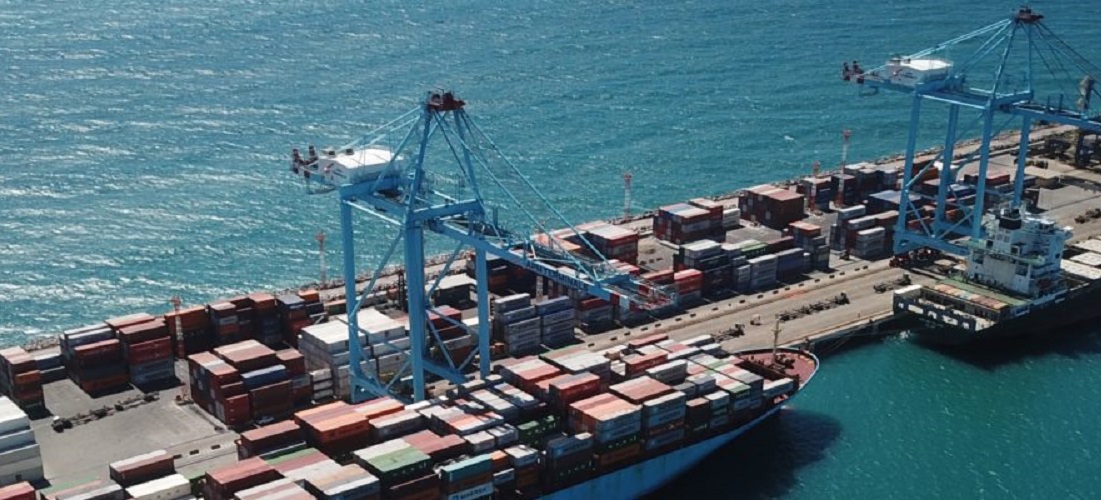
Brazil’s Northeast handled more than 330 million tonnes in 2021
Mar, 11, 2022 Posted by Gabriel MalheirosWeek 202210
The ports located in the Northeast region of Brazil handled 330.6 million tonnes in 2021. Compared to the previous year, the region saw a 1% retraction. The Pecém Port Terminal stood out in the region with 21.9 million tonnes handled: an increase of 37.6% in the year. This info was released recently by the National Waterway Transportation Agency (Antaq).
The most common products seen in Northeastern ports were mineral ores and ashes with 198 million tonnes, a 4.38% retraction, followed by mineral fuels, with 60.9 million tonnes, up 4.49%. Finally, the third most common cargo seen in the region were containers, which grew 8.45% in terms of handling.
The Ponta da Madeira Maritime Terminal continues to be the main facility in the region, although it registered a retraction of 4.68%. The private terminal handled more than 182 million tonnes of cargo. Among public ports, Itaqui was the one with the greatest figures, up 22.61%.
To see the entire data set, you can access Antaq’s website.
BR do Mar
In January of this year, President Jair Bolsonaro put into effect, with vetoes, Law No. 14,301/2022, which encourages navigation between national ports. The BR do Mar program gradually allows foreign ships in Brazilian coastal shipping. The idea is that this happens without any obligation to build vessels in Brazilian shipyards.
According to transportation specialist Emmanuel Aldano, the new regulation altered some rules that had previously prevented the development of cabotage. “We have a minimal supply of vessels and a relatively closed market that allows only part of the existing production chain to use the vessel currently available. Therefore, the liberalization of cabotage companies, which are not always Brazilian, is one of the first issues that the BR do Mar intends to address.”
Full liberalization will only occur after a 4-year transition period that will follow: one year after the law comes into force, the amount allowed will be two ships; in the second year of validity, there will be three ships. Finally, there will be four ships in the third year of the change. The quantity will be free from then on, as long as the safety conditions established in the regulation are respected.
National data
In total, public and private ports in Brazil handled 1.21 billion tonnes of cargo in 2021. The number represents a growth of 4.8% compared to 2020. Iron ore was once again the highlight, with an increase of 4% compared to 2020. Then come oil, containers, and soybeans.
For 2022, Antaq forecasts a growth of 2.4%, with the movement of 1.239 billion tonnes.
To read the full original article, please go to:
-
Meat
Feb, 07, 2022
0
Chicken meat exports grow 19.7% in January
-
Economy
Aug, 29, 2023
0
Brazil and Argentina negotiate $600 million export agreement
-
Blog News (ENG)
Dec, 26, 2022
0
Brazilian corn exports keep intense despite low liquidity
-
Ores
Jun, 06, 2019
0
Vale resumes cargo transport in Barão de Cocais


